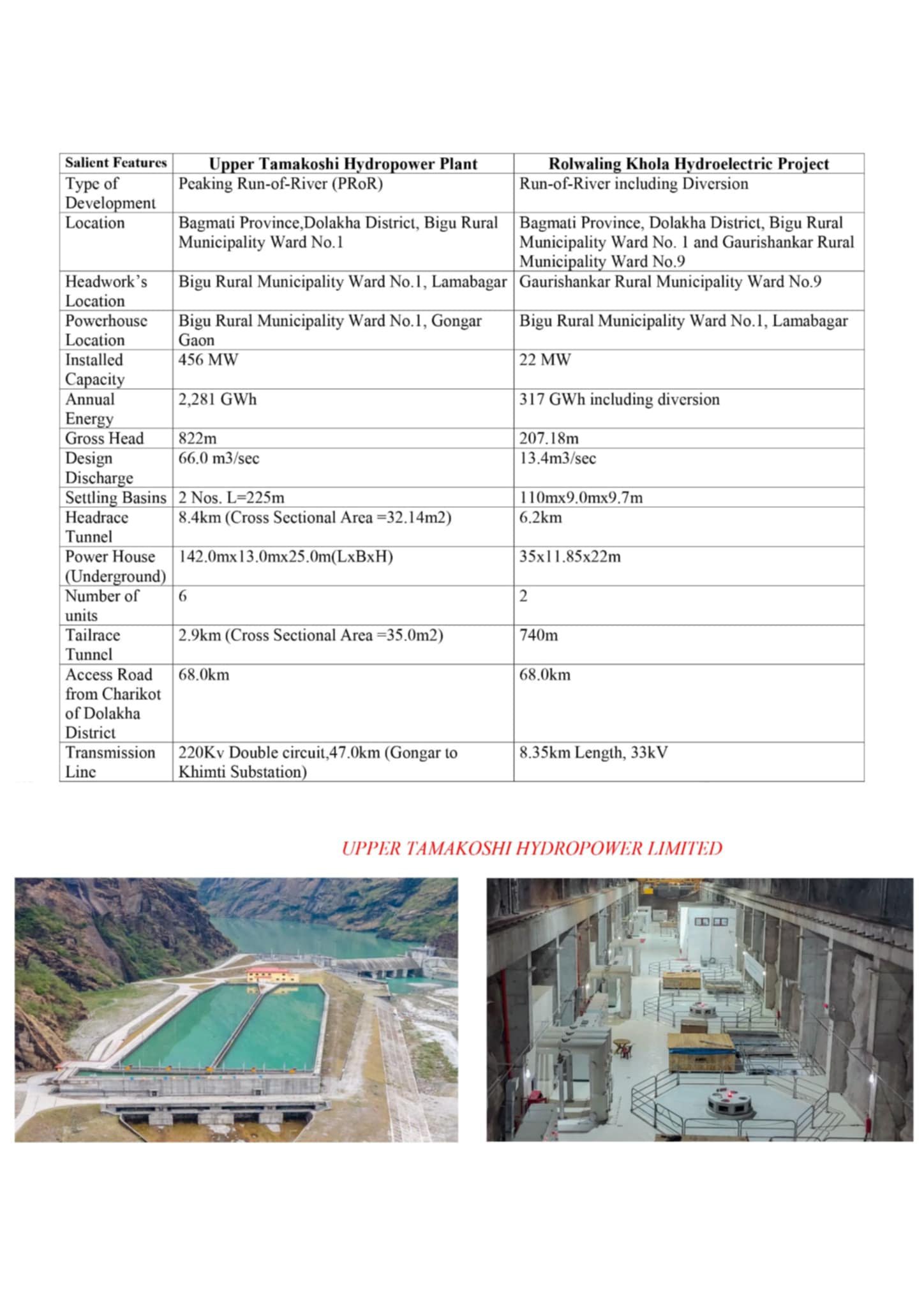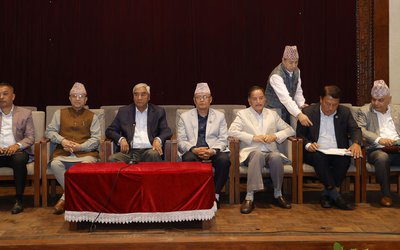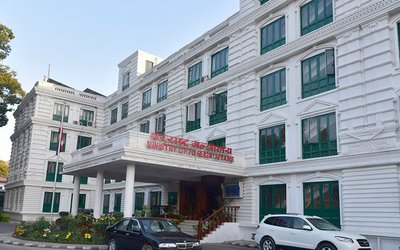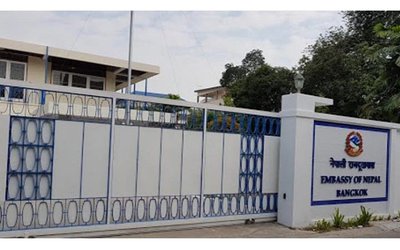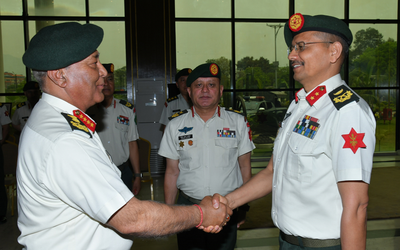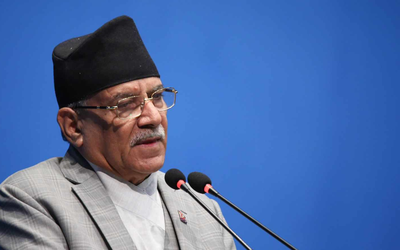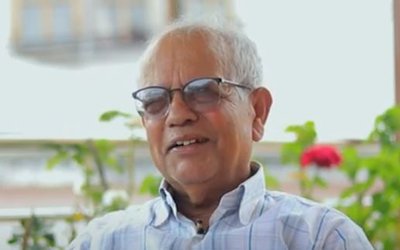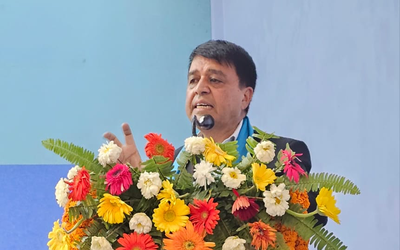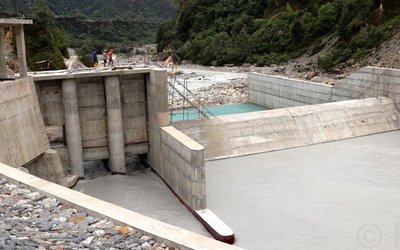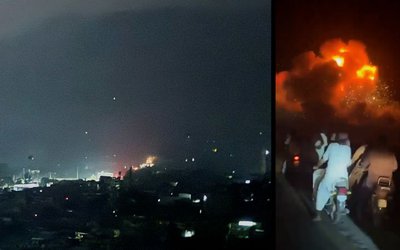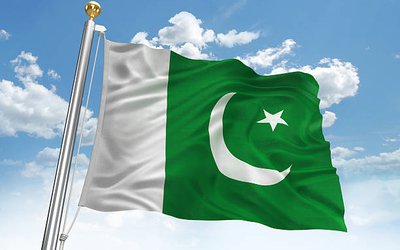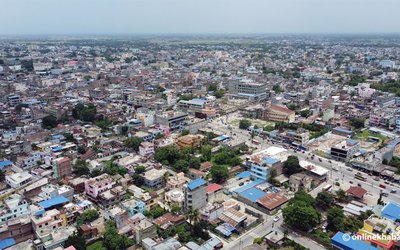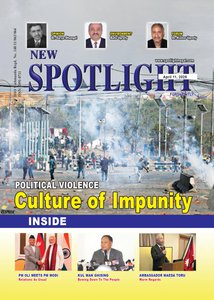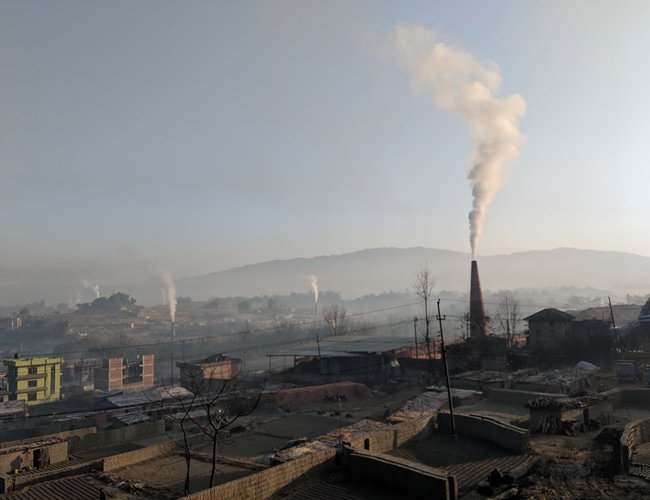
The World Bank Published a report on brick sector in South Asia. The title of the report is DIRTY STACKS, HIGH STAKES: An Overview of Brick Sector in South Asia” has just been published by the World Bank on April 30, 2020.
The report provides a comprehensive overview of brick sector in three countries of South Asia – Bangladesh, India and Nepal, and offers an analytical discussion on the sector’s technological, institutional and regional particularities.
As per the report, there are approximately 1600 brick kilns operating in Nepal with an annual production of 5 billion bricks. Another latest study by ICIMOD puts the total number of brick kilns in Nepal at 1350 with the same annual production as estimated by the World Bank. Only around 8% of the total brick kilns in Nepal operate in Kathmandu Valley.
"Our cost-benefit analysis of various available technologies illustrates that modern energy efficient kiln technologies such as Hybrid Hoffman Kiln (HHK) and Tunnel Kiln (TK) are more profitable than artisanal and traditional kilns such as MCK, FCK and ZZK. If we internalise the external costs of air pollution and CO2 emissions, the superiority of HHK and TK become even starker," said Prajwal Baral, Managing Partner of Kathmandu based technology investment consultancy Hornfels Group, and a co-author of the report".
In terms of air pollution, Mobile Chimney Kiln (MCK) and Fixed Chimney Kiln (FCK) are the most polluting technologies, and Hybrid Hoffman Kiln (HHK) and Tunnel Kiln (TK) are considered to be the cleanest. Zigzag Kiln (ZZK) falls in between. In Nepal, however, MCK and FCK are the most widely used technologies, although efforts are now underway to switch from MCKs to FCKs and/or ZZKs with technical support from bilateral agencies, international NGOs and private sector experts. Vertical Shaft Brick Kiln (VSBK) has not succeeded much despite technical assistance from Swiss Development Cooperation (SDC). Hoffman and Hybrid Hoffman Kiln are in insignificant number in Nepal, and TK is non-existent so far.
The study has found that brick kilns, involving the burning of low-grade coal, are one of the major sectors that contribute to air pollution in Nepal. In Kathmandu, the brick kilns are estimated to be responsible for approximately 28% of the total Particulate Matter 10 (PM10) concentrations and contribute 40% of Black Carbon (BC) in winter. Black carbon is also now understood to contribute to global climate change and other regional climate problems such as weakening monsoon and accelerated glacier melt.
The study has estimated that in the year of 2015, about 600 deaths were caused by pollution of the brick sector in Nepal. And, the associated Disability Adjusted Life Years (DALYs) were roughly 4,800. The economic costs on public health of the brick sector in Nepal is about US$ 46 million per year. Despite such devastating impacts of brick sector related pollution, Nepal has less than 1% market penetration of advanced and efficient technologies (Hoffman, Hybrid Hoffman and Tunnel Kiln).
Both cost-benefit analysis and sensitivity test done by the study suggest that HHK and TK should be the technologies of choice of all entrepreneurs if they are constructing new kilns. This finding applies both to the financial analysis, reflecting private profit alone, and is even more pronounced in the economic analysis incorporating negative health and climate change externalities, which are substantial and which offset all private profit except in the case of the cleanest, most efficient technologies. The sensitivity analysis suggests that relatively low-interest financing (also indispensable for capital-intensive modern kilns) dramatically enhance the profitability of HHK and TK technologies, both in the absolute sense and relative to low-debt, smaller-scale kiln projects such as ZZK and FCK.
The major barriers for the modernization and improvement of brick sector flow out of the brick industry’s entrenchment in the gray economy: the lack of adequate investment and bank financing; low levels of human capital and know-how; weak or absent regulation, oversight, and standards; evasion of taxes and regulations; poor working conditions and wages; and largely stalled transition to higher-quality products and more efficient production technologies and approaches.
Recommendations specific to Nepal include large scale TKs that can be ideal for Bangladesh and India for the modernization of brick sector may not be applicable in the context of Nepal, where the markets are more fragmented and the geographic layout makes transport challenging and costly. Small scale TKs with a daily production capacity of 50,000 bricks or less can be a much better choice. In places where VSBK pilots have been successful, they can also be considered as transitional options. Because there is no silver bullet for brick sector modernization, pilot approaches are needed to give new technologies and operational modalities a beachhead in Nepali market, and to use the method of learning by doing.
The report also suggests sector-wide solutions to transition to cleaner and efficient technologies require government support. It should be of the governments’ interest to do so, considering the sector’s huge impacts on public health, environmental quality, and agricultural productivity. Government support can and must take many forms to be effective: regulations and standards, enforcement, legislative mandates related to fuel use, emissions, brick quality, labor, and land use; economic incentives such as tax benefits and concessional financing; and other enticements such as preferential permitting and access to markets etc. In particular, access to land, accessible and reasonably low-cost debt, and internalization of social and environmental costs in government policy are sine qua non conditions of a successful brick sector transition.
"The modern technologies such as HHK and TK are, however, more capital intensive. In order to incentivise the adoption of such cleaner technologies, interventions such as green subsidies, easier access to commercial loans, technological support and assistance from the government as well as brick sector associations, effective enforcement of existing regulations and policies, and introduction of regulations and policies that incentivise the adoption of cleaner forms of brick-making technologies, are very important," said Baral.
Government road maps and policies should take into account the status quo and the challenges of dislocation and alternative livelihood for existing kiln operators and workers. While adoption of advanced technologies is desirable and inevitable, transition plans are needed to ensure sustained near-term progress and to minimize unnecessary dislocation within the industry. In some cases, intermediate technologies and retrofits to transition to improved FCKs, ZZKs, VSBKs and even HHKs should be considered for support. If these intermediate technologies are more feasible, less capital intensive, or more easily available to existing kiln investors and operators, it is likely that they can be adopted more quickly, and may then create a virtuous cycle of competition, dynamic progress, and technology adoption in an otherwise technologically stagnant market, laying the foundation for future technology improvement and transition to higher-skilled labor.
Like other South Asian countries, Nepal is prone to earthquake and other natural disasters. The slow reconstruction in the aftermath of the 2015 earthquake remains an opportunity for entrepreneurs, the government, and donor community to capitalize upon to accelerate the transition to cleaner and more efficient kiln technologies and redefine the brick market with new alternative products. Most kilns in the Kathmandu Valley areas were damaged or destroyed during the earthquake. Many have already been reconstructed. The energy and emission performance of the reconstructed kilns is concerning. Evaluations in that spectrum can be useful to better understand where the sector stands now.
Leapfrogging options are increasingly available. Post 2015 earthquake, Nepal has geared towards reinforced concrete structures. Provided there are favorable policy and regulatory reforms that bring down the cost of raw materials and incentivize property developers to use resource efficient building materials like concrete blocks, Nepal could leapfrog from traditional brick kiln technologies to modern and alternate building materials in a very short span of time.
"In the interim, transition plans are necessary for a sustained progress and to avoid unnecessary dislocation within the industry. The intermediate technologies such as improved FCKs and ZZKs could be promoted until the regulatory, technological and investment environment is favorable for trans-formative technologies such as HHK, TK and non-fired walling materials," said Baral.
- President Dhakal Urges Indian Investors For Investment
- May 10, 2025
- Seti River Hydropower Project completed
- May 10, 2025
- MoFA Says Nepali Sudents in Pakistan Are In Regular contact With Nepali Embassy
- May 10, 2025
- Weather Forecast: Partly Cloudy In Kathmandu, Pokhara And Biratnagar
- May 10, 2025
- Nepal will not allow Its soil to be used against our neighbor: Prime Minister Assures Indian Ambassador
- May 09, 2025
